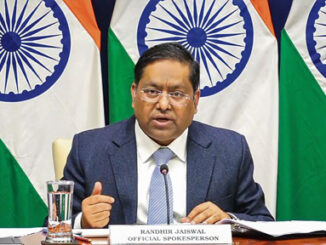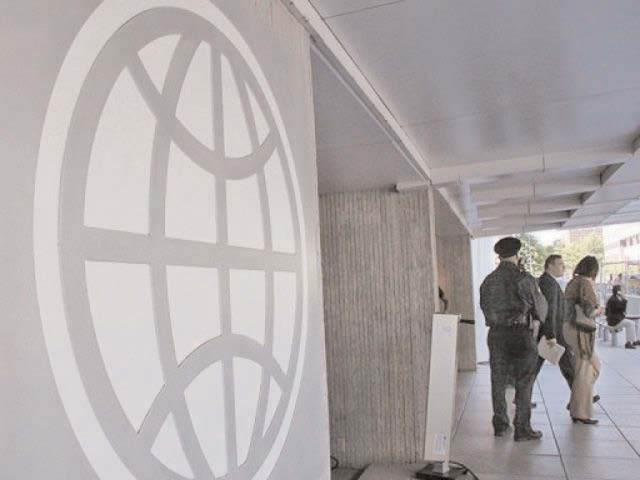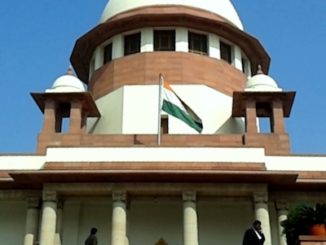
Lucknow the capital of Uttar Pradesh, extends along the banks of the river Gomti.The creator of Lucknow as it is today was Nawab Asaf-ud-Daula.The city became known as a centre for Urdu poetry and courtly diction, and reached its zenith during the reign of Wajid Ali Shah who was a connoisseur of music and poetry.
It was during his reign that the British appropriate Awadh.Today the city id dotted with remnants of its rich historic past.Lucknow is also known for its elaborate cuisine and “Chikankaari” or exquisite shadow work embroidery on fine muslin cloth. This is also popularly referred as “City of Nawabs”.
PLACES TO SEE
Bara Imambara
Bhool Bhulaiya : This is the first place to visit. Bara Imambara a beautiful splendid building was built by 4th Nawab of Awadh, Asaf-Ud-Dowhala and the construction work was taken up in the year 1784. It took 14 years to complete. It was designed by the Architect Hafiz Kifayat ullah, Shahjahanabadi, a prominent Architect of that time. Visiting Imambara is a pleasing and unique experience. The Main Hall is of 163′ lengh, 53′ and height 50 ‘and the two halls are Kharbuja and Suraj Mukhi hall. The Main Hall consists of a number of doors. The remarkable feature of the Imambara is the absence of pillars for support to the 50 ft. high main hall. The famous Bhool Bhulaiya (Labyrinth) of Lucknow is constructed on its upper floor .
Shahi Bawli- The Royal well with bathrooms
This Royal well is in the same campus. This amazing structure is on the eastern side. This is Shahi Bavali. You can go downstairs to see the well with blue water on surface and the bathrooms constructed around the well on ground, first and second floors of the Well. So what is amazing in it ? You can watch anyone coming inside through the Main gate of the Bawli with the help of a colored image (shadow) in the water of the well. It is said that Nawab Wazid Ali Sah left the keys of his treasure in this bawli before leaving for Kolkata.
Asifi Masjid
You can also see on the western side of the Bara Imambara, a beautiful building – This is Asafi Masjid with sculptured domes and minarets, it provides a most splendid look and many thousand of people of Lucknow reach here on Friday to offer namaz.
Rumi Darwaja
The Signature Building of Lucknow – On the main road – quite near to above complex. Looks so beautiful that you may not resist your temptation to have a close look at this 3 Storey building It is called the signature building of Lucknow and also Turkish Gate. Since it was made by workers from Rome, hence its name is Roomi Gate. The architecture design was made by Kifayatulla.
Clock Tower
Just after Rumi Darwaja, you will see 221′ tall Clock Tower. It is called Hussainabad Clock Tower. The Hussainabad Clock Tower is truly the finest structure of British architecture in India. It was built by Hussainbad Endowment Trust in the year 1887 at a cost of 1.75 lakhs at that time, to mark the arrival of Sir George Cooper, who was the first Lt. Governor of the Awadh. It was built in the year 1881 with a cost of about 1.25 lakhs. It is 221′ in length and 20 sq. in width. The clock of the Tower was brought from London. The Diameter is 13′. It is biggest clock tower of India. At the top you can see direction bird. Presently the clocks are working.

Hussainabad Picture Gallery
Hussainabad Picture Gallery in Lucknow is situated near the Chhota Imambara and the Gallery Building is visible from the main road. Built by the third Nawab of Awadh, Nawab Mohammad Ali Shah in the year 1838 for being used as a Royal summer house, Picture Gallery is one of the most liked tourist spot in Lucknow. It has some very unique and large size photos of Nawabs. It is said that these paintings are made on the Elephant skin and the colours used were made of diamonds. These paintings are amazing. You can find some parts of the paintings moving along with you.
Satkhanda
Built in 1842 by Nawab Mohammad Ali Shah, Satkhanda (now being renovated) looks like the leaning Minar of Pisa in Italy. The Building was not in good condition but still you can see it as shown in the picture. It is matter of great pleasure for all that renovation work has been taken up and soon it will look like as what Nawab Mohammad Ali Shah had thought in his imagination in 1840.
Chhota Imambara
Few meters away from Satkhanda, Chhota Imambara is situated .It is also called the Hussainabad Imambara and well known as a Palace of Lights.This beautiful building was built in 1837 -40 by Nawab Muhammad Ali Shah, the third Nawab of Avadh to serve as his own mausoleum. Attractive chandeliers brought from Belgium are some of the most appreciated items. You can see 3 more buildings inside.
Jama Masjid
In the year 1839 in Lucknow City, King Muhammad Ali Shah started constructing Jama Masjid in Tahsinganj area of the city with the intention to surpass the Jama Masjid at Delhi in size and look. But due to the sudden death of the king, the construction work of this grand Masjid was taken up and completed by one of his wives, Malika Jahan Begum in 1845 AD. It is said that she spent almost all her treasure in its construction and create an excellent place Masjid in Lucknow.
Lucknow Residency
Not more than a kilometer from Laxman Tila, you can view a mook witness of the First war of India’s Independence -Constructed in 1775, Residence is a place of historical buildings. You may see here Museum as the rest of buildings are broken. AD.
Tomb of Saadat Ali Khan
In Hazratganj area, this beautful Maqbara was constructed by Badshah Gajiuddin Haider son of Nawab Saadat Ali Khan, This Maqbara is really beautiful and stones are carved with beautiful designs. The floor of the building is made of marble and other precious stones. 4 burj and multiple doors The grave of the Nawab is in underground Tehkhana with 16 stylist windows.
Tomb of Begum Murshidjadi
Equally beautiful, Tomb of Begum Murshidjadi is just a few meters away from Saadat Ali Khan’s Maqbara. The dome of the building is most beautiful. There are graves of Begum Murshidjadi and one of this sons. During 1857 war, freedom fighters kept canons on the on both tombs and firing was done on 17 March 1858 when Gen. Havloc’s 16 soldiers died at this place.
Shah Najaf Imambara
It is one of the most liked tourist attraction. Constructed by Nawab Ghazi-ud- Din Haider in the year 1816 to serve as his mausoleum, this splendid building attracts a large number of tourists owing to its historical importance and look.





Be the first to comment